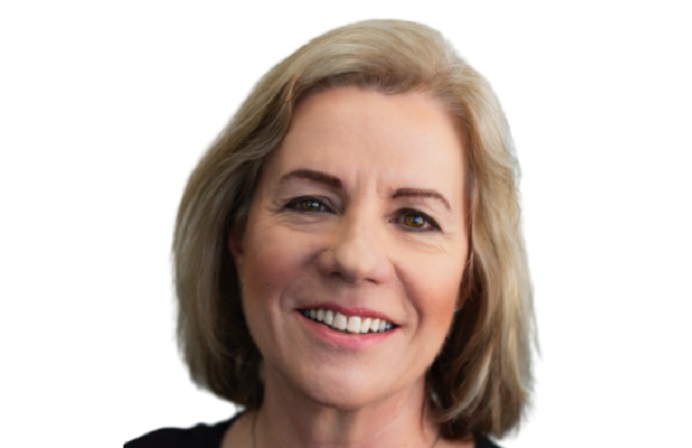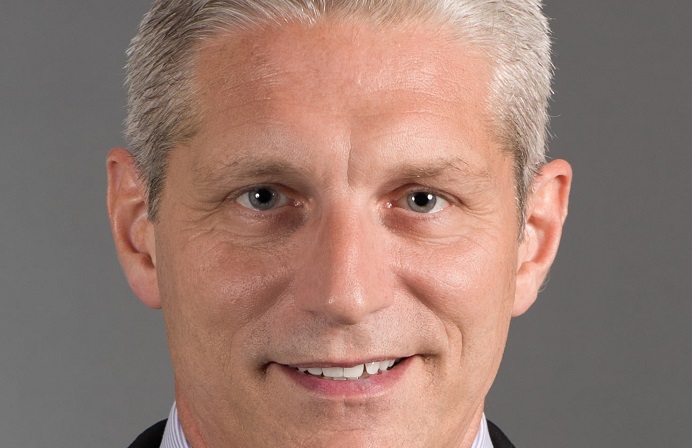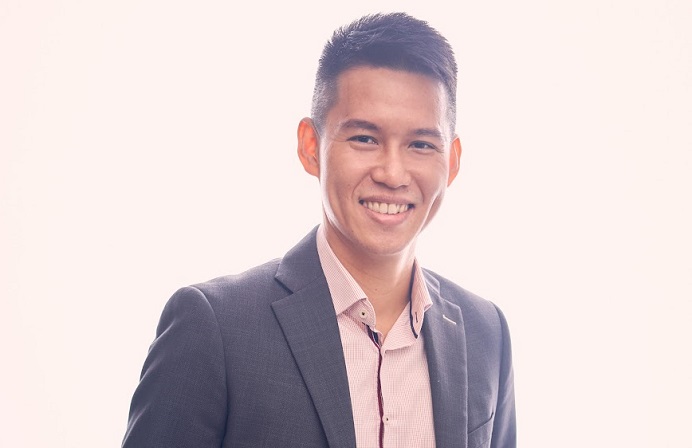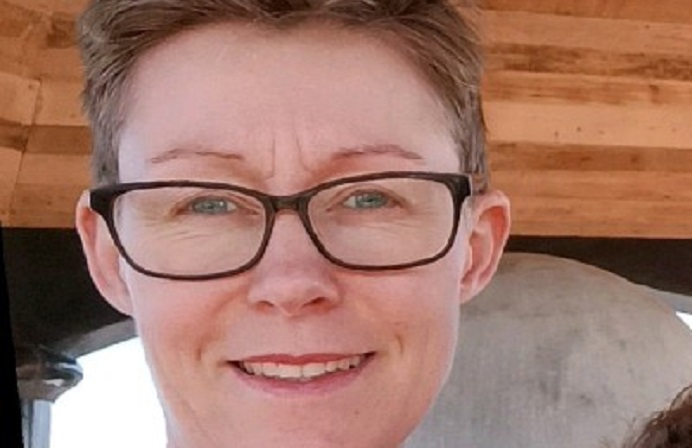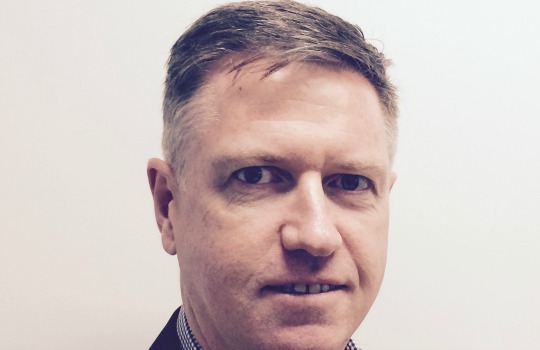
“Customers are interacting across many more channels than they previously did; one of the challenges for organisations is looking at how to provide a consistent and improved customer experience across those channels in a competitive investment landscape…”
FST Media: What are your business and digital priorities for the next 6 months?
Tucker: In our marketplace, it’s really about organisations looking to leverage their investment in their internal data and also building processes to deliver improved experiences to their customers across all of their touch points.
As we have seen over the last few years, each organisation’s customers are interacting across many more channels than they previously did; some of them are self-service, some of them are still more traditional. One of the challenges for organisations is looking at how to provide a consistent and improved customer experience across those channels in a competitive investment landscape.
FST Media: Where will big data innovation be this time next year?
Tucker: Part of it is making sure that the organisation has access to the insights which come out of the data. Data in and of itself doesn’t necessarily provide a lot of value to an organisation, but there are two really important additional steps you can really derive value from: one is the ability to extract the insight in a meaningful way; and the second is to operationalize and act on that insight in a timely fashion.
One of the things we are beginning to see already is organisations looking to devolve access to data and the ability to achieve those insights back into the frontline and down into the business units. So rather than having a group of data scientists or business analysts, they are looking to do it all centrally. By doing that, you get closer to the people who are feeling the problem and looking for the opportunities for improvement, as well as getting into a broader set of stakeholders. From that, you are can get to a point where you can accelerate the time to value realisation on those insights and drive better outcomes for both the organisation and its customers.
FST Media: How can businesses best leverage analytics to drive innovation?
Tucker: It’s really about making sure they have tools that make it easy to gather and gain insights; things like visualisation technologies or data analytics can be fairly complex tasks. Having technologies that can deliver the insights in an easy to consume fashion allows organisations to get close to a more real-time agile approach to analytics, then as oppose to having major programs of work, which may only be appropriate in some cases, it’s more about continuous and incremental improvements and that can be done through more real-time insights and real-time actions on the results of those insights. That ties back to making sure the people who have access to the data and the insights that come out of it are the ones who are as close to the problem you are trying to address, or the opportunity you are trying to improve on, as can be possible.
FST Media: What is the main Cybersecurity risk for businesses at the moment?
Tucker: A lot of organisations have extremely valuable data and there are two sides to that –the internal threat and the external threat that organisations really need to look closely at that.
FST Media: How are cloud networks being dynamically reconfigured to keep up with changing technology?
Tucker: Especially with larger organisations, getting the necessary infrastructure in place to get technologies up and running can be both time consuming and costly, but by using cloud and analytics solutions, organisations get the flexibility to decide how they want to deploy things.
It is also about taking advantage of other technologies out there and building on analytics and application platforms. Therefore, they are scalable and will give organisations the ability to take advantage of different data sources so that as businesses and markets change, organisations can get access to new data sources quickly.
FST Media: What technology or innovation is currently the biggest game changer across financial services?
Tucker: Looking in the analytics area, moving from the descriptive to being able to really predict a bit more about the future will lead to more automation capabilities, which is where Artificial Intelligence (AI) will really come into its own.
Companies need to not just look historically and make estimates, but start to predict in real-time what dangers could occur, or how customer interaction will grow over time. In an interaction with a customer, it is important to have the ability to predict what the next interaction might be, and how to deal with that in the initial interaction.
FST Media: How are technology solutions enabling better business management practices?
Tucker: They are making it easier for technology and the use of technology to be distributed out to a broad range of stakeholders, as well as having the correct people to have access to, and ownership of tools.
The other side is that it’s not just about technology – it is really about the people and the business processes and adapting them to take advantage of technology. It’s also about making sure you are using technology that has a roadmap and is taking you from where you are, to where you might want business to be in two, three or four years.
FST Media: How does NICE work with fintech disrupters and enablers?
Tucker: We are constantly looking at what is occurring within the financial services technology space and ensuring that, within the context of what we do, we are making sure that we stay ahead of the curve and working with the right people. Who that is, is really driven by what the market is doing, as well as what we want to achieve.
FST Media: What is the next big thing for NICE and how will you measure its success?
Tucker: The next big thing is the ‘cloudification’ of a lot of the capabilities that organisations have traditionally been using, and then combining those with newer areas in analytics.
We are looking closely in a few areas; one is the traditional area of technology and the infrastructure around that being ‘cloudified’, and then combining that with employee engagement and workforce optimisation elements to make it adaptive to the employers as oppose to organisation. Traditionally, it has been based on what the organisation wants to achieve and what will benefit it, but the next stage now is flipping it on its head to work out how we can enable the employee to deliver what they are capable of doing in the best possible way. The organisation does achieve its outcome, but it’s more focused on the employer adopting and adapting to what they and their employees are trying to do. That can be done through the use of analytics on customer interactions, customer experience and also looking at the employees themselves in terms of how they are performing and what additional coaching they may need. That is done in a highly flexible and interactive way across the different elements, so that you get a closed-loop scenario where you are able to capture the data, derive insight from the data, and then act and operationalise upon that and start to get the benefit out of it.
FST Media: What career would you be in if you worked outside the finance industry?
Tucker: It’s very difficult, but in terms of what I would like to do, the ability to be in an alternative universe and be a travel journalist or someone paid to travel and see the world would be a really great thing to do!
The reality being in technology is that it is a fascinating area and it changes a lot. The pace of technology continues to increase and the opportunities that constant change creates for consumers and institutions are phenomenal. There are lots of things I could potentially do because technology is such an exciting place to be.

